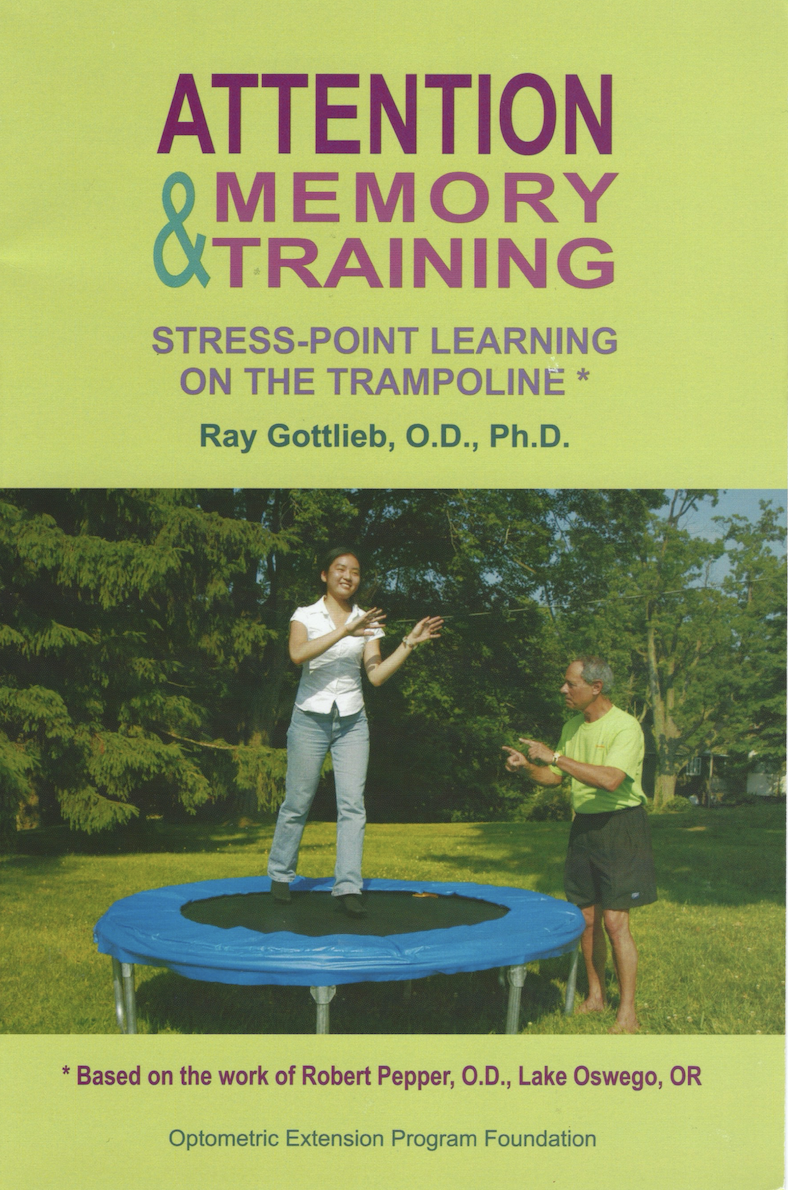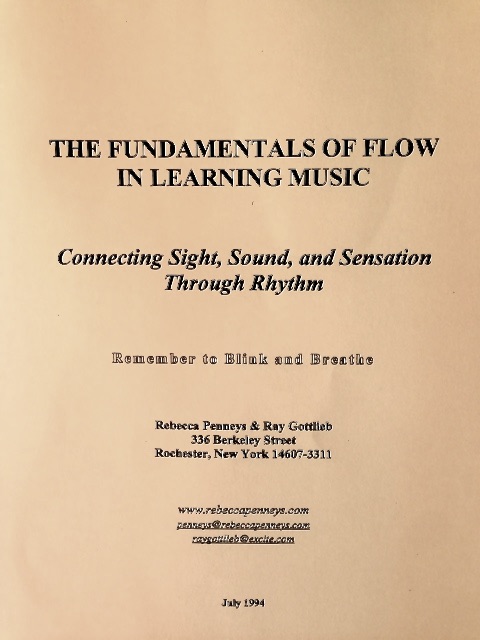Stress-Point Learning
Stress-Point Learning
Brains can change at every age when challenged by tasks at an appropriate difficulty/skill balance. That’s what we call the stress-point. Here, success is possible but only if attention and intention are engaged at a slightly higher level. Body co-ordination, information processing, preparatory eye movement and aiming, attention and memory can all increase through this process.
Patients improve learning attitudes and skills that bring greater success in everyday life and greater self-confidence, flexibility and control even when meeting a new challenge. Successful learning also requires good timing to not only do the right thing but to do it at the right time. That’s where the trampoline come in. The body moves, hears, sees, and expresses and organizes around the timing of the bounce. Learning improves because brain cells work better when they know when to expect the next information. The trampoline is an aerobic exercise. Stress-Point Training does not require bouncing on a trampoline.
Attention and Memory Training – free download
Fundamentals of Flow in Learning Music – order here
Pepper Developmental Vision Book
Stress Point Learning Approach – An Overview
Handout-for-Gottlieb-Attention-memory-workshop-2016.pdf
Ray Teaching Videos
Working with yourself or with others requires patience and practice. Here are a few unedited impromptu classes taught at RPPF2021 (Rebecca Penneys Piano Festival) that may help you become a better self-coach. The first class explores essential aspects of extending awareness, attention memory training, and the basic five questions. In the second class, the focus is on teaching the balloon game, and the oink-quack, numbers and arrow charts. Finally, the third class explains a few practices for vision improvement — meditation eye movement, self-massage and chopstick fusion.


